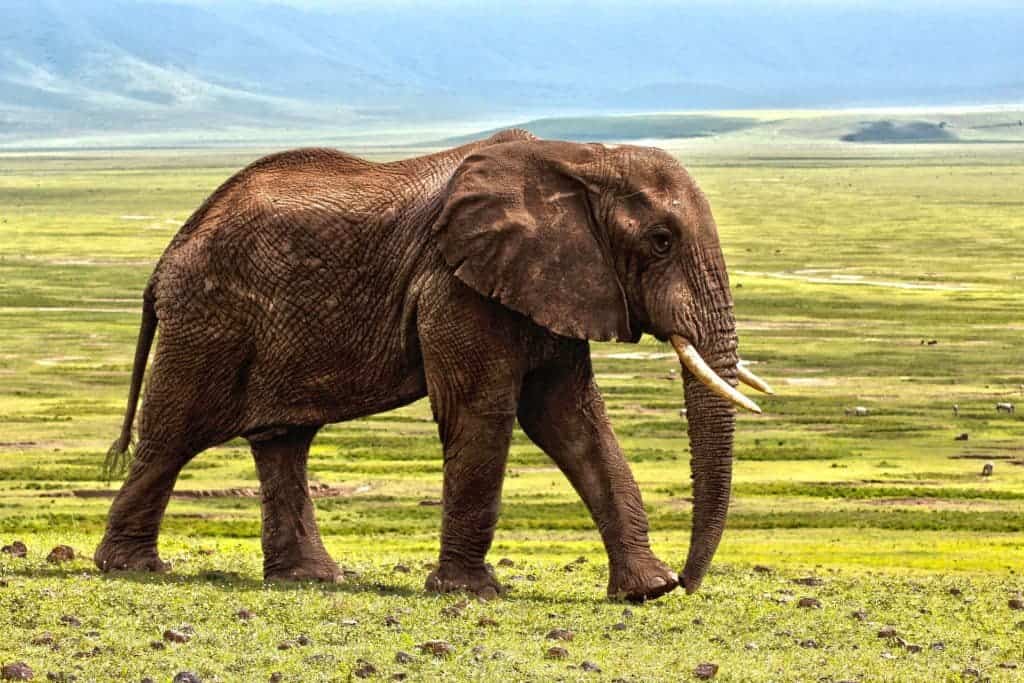
The elephant is known in popular culture as a wise animal, not an elegant one. You’d be surprised to find out, though, that African elephants walk on their tippy-toes despite having a huge foot which measures 4.4 feet (1.34 m) in circumference.
Elephants on high heels
Olga Panagiotopoulou, an evolutionary morphologist at the University of Queensland, Australia, wanted to get to the bottom of an oddity. Many captive elephants are plagued by foot problems which not only changes their gait in an awkward way but in time can grow in a disease. Every year, elephants from zoos and conservation sites need to be euthanised because there’s nothing that can treat them, Panagiotopoulou said.
The debate has come up with two primary candidate explanations: either the captivity itself is driving the elephants to change their gait and ultimately ruin their feet or something in the environment is to blame. The two are so well connected, however, that it’s very difficult to single out the leading factor.
Testing elephant walking is very challenging but Panagiotopoulou and colleagues found a way. They trained five African elephants (Loxodonta africana) from a park in South Africa to walk over a platform that was fitted with pressure sensors. When an elephant walked over the platform, the researchers could then map the load distribution along the foot.
The results of the tests made on African elephants were then compared to those made on Asian elephants (Elephas maximus) in a zoo in England using the same pressure plates. This analysis revealed that when elephants walk in wild or semi-wild environments, they put the most pressure on the outside toes of their front feet and the least pressure on their heels. The outside of their feet is, not coincidentally, where most instances of disease occur.
Because zoos and certain conservation park often have harder surfaces, even asphalt, the findings seem to explain why captive elephants have to deal with sore feet on a daily basis.
“We know that elephants in captivity get diseases that we don’t see in wild individuals as much, but the major question for conservation purposes is what can we do to prevent them,” Panagiotopoulou told ABC Australia.
It’s not like we can release elephants in the wild overnight. Captive environments are crucial to elephant conservation in Africa where poachers are having a field day. Since 2007, the African savanna lost 30 percent of its elephants to cut-throat poaching.
Instead, Panagiotopoulou is proposing the wide scale introduction of pressure plates to monitor the health of elephant feet. If an animal is at risk, future development of foot disease might be avoided through trimming.
“You can change the trimming approach to move the weight away from the part of the foot that is injured or can even create elephant orthotics to stop disease progression,” she said.
Rhinos also experience similar difficulties. They might also walk on their tippy-toes and we’ll soon learn when Panagiotopoulou and colleagues use pressure plates to study their gait as well.
Findings appeared in the journal Royal Society Open Science.


